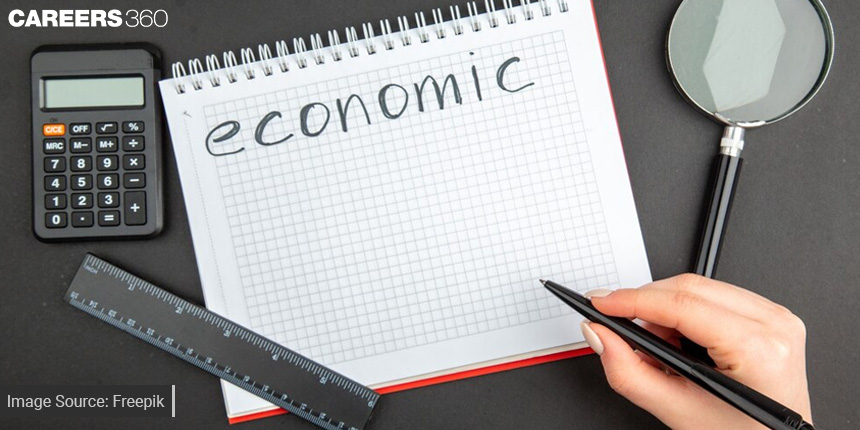Understanding The Concepts Of Economics Through Real-Life Examples
Economics is an integral part of our routine, influencing decisions both big and small. Whether it's the surge in movie ticket prices for a highly anticipated multi starrer or the steep discounts on winter clothing in March; economics is at play in every aspect of our lives. Join us in understanding economic concepts through real-life situations.

Opportunity Cost
Opportunity cost is a basic economic concept that captures the value of what you must give up when you make a choice. Opportunity cost is the value of the next best alternative that must be foregone when a decision is made. This concept is rooted in the reality of limited resources, which forces us to make choices due to constraints like your fixed salary package.
Opportunity cost also plays a crucial role in economic decision-making. In the context of production, it signifies that when resources are limited, choosing to produce one set of goods means forgoing the production of another set.
Take for instance a car manufacturer that produces both electric and gasoline cars. But for now, he has limited monetary resources. The more money he allocates for the production of electric cars the less he will have for the production of gasoline ones. The opportunity cost here is the profit the manufacturer would have gained from selling more gasoline cars.
Also check-Money Management: Maths Concepts That Can Help You Manage Your Finances
Law of Demand
The simple economic concept of demand shows how demand for a product reduces when the price of that product goes high. Here there is prior consideration that there are large numbers of buyers and sellers in the market. The price has an inverse with quantity demand. The law of demand is from the perspective of the consumer.
For example, Recently the price of tomatoes rose high so people avoided buying them because of budget constraints.
Sometimes a market trick is played with consumers by doing for example congestion pricing. In this during the peak hours the price of traffic the price of parking tickets is increased. By raising the price to access these areas, some people choose to travel at different times, carpool, or use public transport. It eases traffic congestion and benefits the environment.
Law of Supply
The law of supply indicates the more the price of a product is the more is supplied. This is from the perspective of a supplier who looks for maximum profitability. For example when a video game is high in demand even if the high prices the company produces more and more of it. But as the prices stall the production of the video game also curbs.
Law of Diminishing Marginal Utility
The law of diminishing marginal utility states the utility or the level of satisfaction reduces as you consume more and more quantities of that product. This law suggests that the more units of a good you consume, the less satisfaction (utility) you derive from each additional unit.
For example, when people go for buffet dining people take a good portion of food in the first helping as they are hungry, but as they get filled the portion of their helping reduces.
Also Check-Career Options For Textile Designers
Price Elasticity Of Demand
The price elasticity of demand (PED) refers to a change in the quantity demanded with a change in the price. The price elasticity of demand can be zero, one, negative and greater than one.
When the price elasticity of demand is greater than 1, the PED is said to be elastic. This small price leads to big changes in the quantity demanded. Take for example if the price of your favourite chocolate even rises a little bit you will try new chocolate or skip having it.
When the price elasticity of demand is less than 1, the PED is said to be inelastic. When the consumer keeps buying something even if the price changes. If the price of rice available in all areas of the city goes up, the consumer might buy a little less, but won't give it up entirely. When the consumer keeps buying something even if the price changes it's less responsive to price changes.
When you observe these real-life situations you can easily connect the dots with economic concepts taught in class. This realisation of how interconnected economics is to our daily life, makes it easy to understand.
Also check-Bulletproof Glass: Its Composition And Distinction From Ordinary Glass
Applications for Admissions are open.
As per latest syllabus. Physics formulas, equations, & laws of class 11 & 12th chapters
JEE Main Important Chemistry formulas
Get nowAs per latest syllabus. Chemistry formulas, equations, & laws of class 11 & 12th chapters
JEE Main high scoring chapters and topics
Get nowAs per latest 2024 syllabus. Study 40% syllabus and score upto 100% marks in JEE
JEE Main Important Mathematics Formulas
Get nowAs per latest syllabus. Maths formulas, equations, & theorems of class 11 & 12th chapters
